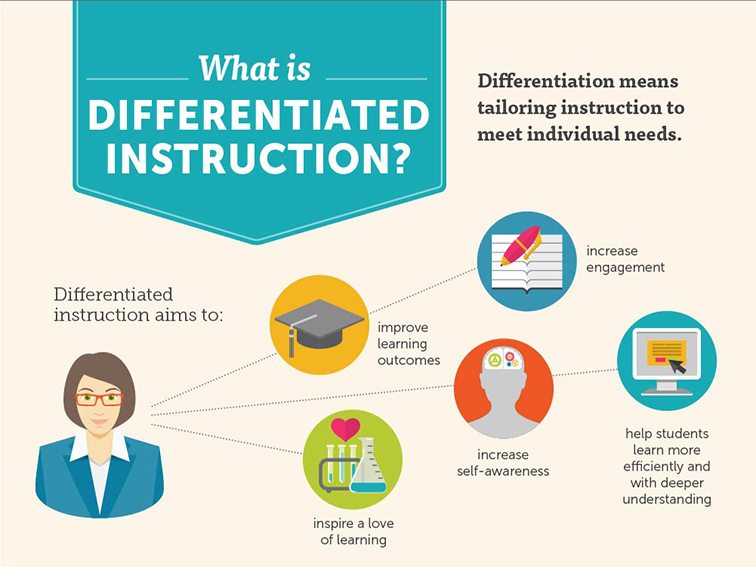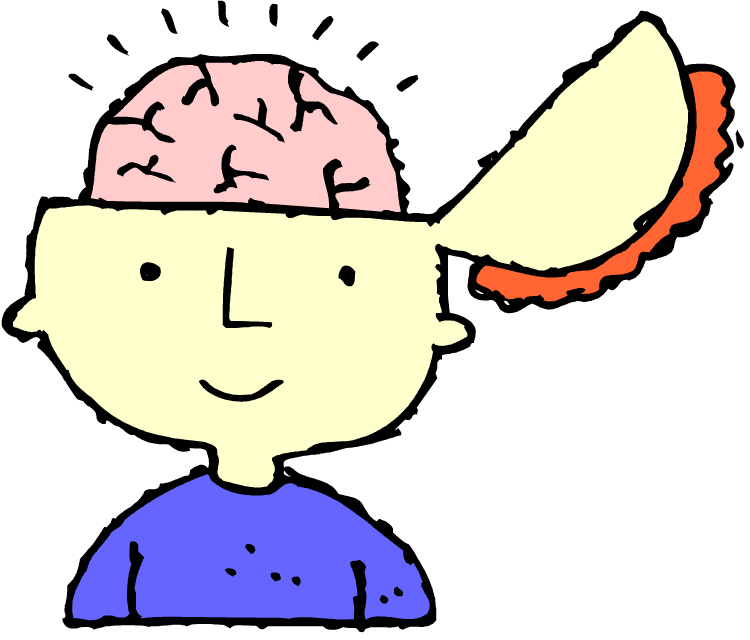Dear Parents and Guardians,
The elementary school will be
implementing a common report card in K-6 classrooms this year. The Standards
Based Report Card (SBRC). This report card is different from the traditional
report cards in that students will be assessed against grade level standards
and expectations after instruction and practice has been given. Attached are
the Standards Based Report Card Performance Codes explaining what each number
means.
The staff at Wessington Springs Elementary
will be happy to discuss SBRC with you answering any questions you may
have. We invite your input and look
forward to making this a positive transition from traditional reporting to
Standards Based Reporting.
Sincerely,
Mrs. Azure 8-28-17
Elementary
School Grading FAQ
What is the purpose of the standards-based report card?
The purpose of this report card is to
give a clear picture of the child’s achievement on key academic targets. These targets, reflecting
the learning standards of the Common Core State Standard.
How is the report card different from previous report cards?
In the past, letter grades
included evidence from class work, homework, class participation, and sometimes
effort. Grades on the SBRC are based on key assignments, test, observations,
and individual conferences, all of which are completed after instruction. Most assignments and much of the work done by
students in the process of learning new
material are not reflected in report card grades. Instead, this “practice”
work will be used to help students and teachers know what to focus on in the
learning.
Does the report card give information about behavior, effort, and study
skills?
Yes, Information on behavior, effort, and
study skills is reported separately from the academic information in a section
called “Successful Learner Behaviors.” There is also a place for teacher comments.
What is the advantage of the Standards Based Report Card for a parent?
You learn more about how your
child is actually achieving in school. Clearer reporting allows better
communication among teachers, parents, and students. This helps teachers,
students, and parents focus on skill development and standards of proficiency
rather than on grades. You will experience more consistency in the marking
process across the district.
My child usually gets excellent marks (As or the equivalent of As).
Does this mean my child will get all 4s on the new report card?
No. A 4 on the new card does not equal an A. the scores (4, 3, 2, or 1) are based on whether a child’s
performances on key assignments typically exceed standards, meet standards,
fall somewhat below standards, or fall significantly below standards. In prior reporting,
an A may have meant that a child met
all the standards for the test or assignment; in the new report card, this
would be represented by a 3. A 4 on the new report card means that a student is
regularly able to demonstrate a level of skill and understanding beyond the
proficiency standard for his or her grade level.
Source: “Meaningful Assessment for Standards Based
Learning Rethinking Grading” by Cathy Vatterott
A Parent's Guide To Standard Based Report Cards 2017-2018
Standards Based Report Card Performance Codes
Four Levels of progress are noted on the new report cards using a numeric marking system (4-3-2-1 and N/A). A descriptor for each score is provided below.
On a standards-based report card, a mark of “3” is the expected goal for students, which indicates that the student is meeting the requirements of the academic standards for his/her grade level. Marks of “3” and “2” both indicate that a student is working within the expectations of his/her grade level. The difference is the level of independence and support a student needs to demonstrate mastery. The expectation is that most students will achieve a “3” by the end of the year for each grade-level standard.
4 – A mark of “4” indicates that the student’s progress exceeds standards because s/he has demonstrated mastery in
terms of knowledge, and s/he applies that knowledge in
ways
that go beyond expectations. Instruction
needs to be differentiated for this student because the student has demonstrated mastery of the grade level expectation at this time.
Typically, very few students
would
be
at this level
of performance. In terms
of behavior, students
receiving a “4” demonstrate academic and social maturity
beyond their years and
those of their age/grade appropriate
peers.
3 – A mark
of “3” indicates
that the student’s
progress
towards end of the year
standards meets
the district’s expectations at this time. For example, a student who scores a 30% on the unit
math
pretest and receives a high score,
even
a 100%, on the posttest has responded well to instruction and receives a
“3”. This student has met the expectation independently and requires little to no adult support to demonstrate proficiency
after instruction has been delivered. In terms
of
behavior,
the
student who consistently (more times
than not) demonstrates
age/grade appropriate social and
academic behaviors meets the expected standard
and
should receive a “3”.
2 - A mark of “2” indicates that the student’s progression of
skills and information
is in the expected
range, but s/he still requires support and assistance to meet the requirements of the academic standard for his/her grade level at this time. In terms of behavior, a student would receive a “2” for any of the academic or social behaviors when s/he inconsistently demonstrates or
needs reminders to meet the age/grade appropriate expectations as communicated by the teacher.
1 – A mark of “1” indicates that the student is not meeting the requirements of the grade level standard at this time. His/her instructional level is characterized as requiring maximum teacher support and differentiation/accommodations or even modifications.
In terms of behavior, the student who often (more times than not) demonstrates social and academic behaviors below what is expected
for their age/grade receives a
“1”. These behaviors are interfering with their learning and possibly the learning of others. It is
expected that teachers have had dialogue with parents prior to the distribution of
the
report card
for any student receiving
a “1” for any standard.
X – A mark of “X” indicates that the standard has not been adequately introduced, covered, or assessed during the marking period.
All standards on
a grade-level
report card will be addressed by the end
of
the school year.







